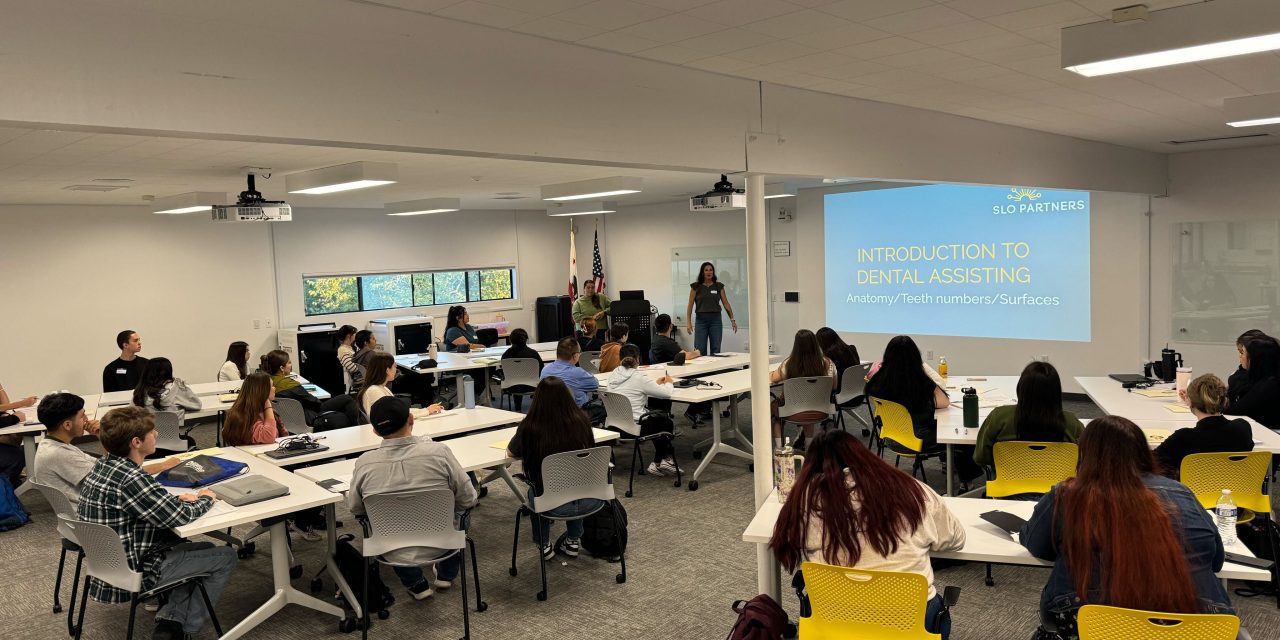The U.S. economy alone needs 4.6 million additional workers per year to maintain current levels of supply, demand, and population balance. That amounts to 2 percent of the U.S. population — and shortages are even more dire elsewhere: Germany needs to find 1.6 million workers (3 percent), South Korea needs 2 million (5.5 percent), and China needs 47 million (5 percent).
“According to our surveys, CEOs around the world cite labor shortages and attracting/retaining talent among the most pressing challenges keeping them up at night,” said Dana M. Peterson, Chief Economist of The Conference Board. “However, solutions to chronic labor shortages are within reach, if governments, companies, and nonprofits act together.”
As I wrote about last month, all those involved in education would be wise to remember that less than 40 percent of Americans report attaining a bachelor’s degree. More than 9 out of 10 Americans (91.1 percent) earned a high school diploma or General Equivalency Diploma (GED). However, everyone requires training in skills that will provide positive, productive, and livable wage employment regardless of their degree attainment. Career and Technical Education (CTE) is a part of the solution to addressing skilled labor shortages. The CTE curriculum provided by San Luis Obispo County Schools and Cuesta College strives to pair academic and high-level workplace skills. Students, administrators, teachers, business members, community leaders, and even politicians have endorsed CTE programs as necessary in today’s economy.
Youth labor force participation during school breaks or part-time jobs during school can help alleviate labor shortages and build viable employment skills in participants after completion of schooling. In many economies, shortages are the most acute in low-wage services jobs that are ideal for young, unskilled, and inexperienced workers. Participation in entry-level jobs builds employment skills, self-confidence, and a better understanding of all levels of the workforce regardless of career aspirations. Filling this gap requires creativity and flexibility regarding labor constraints that can reduce part-time and seasonal work opportunities for teenagers and students. Another highly successful solution is public-private partnerships that enhance job prep and boost youth labor force participation. Local employers are partnering with the San Luis Obispo County Office of Education’s SLO Partners Division and the San Luis Obispo County CTE Foundation in providing internships, apprenticeship programs, and hands-on training & skills development to build talent pipelines for young adults.
The San Luis Obispo County CTE Foundation is a nonprofit I established aimed at improving the lives and economy of our community by supporting and inspiring transformative educational opportunities. The foundation’s efforts support three proven initiatives of the San Luis Obispo County Office of Education: SLO Partners, The Arts, and CTE. The foundation proudly supports SLO Partners’ work on industry certifications and the expansion of a second training center in Paso Robles this month to better serve North San Luis Obispo County. Additional information about the SLO CTE Foundation or SLO Partners can be found online or by calling the San Luis Obispo County Office of Education. It is an honor to serve as your County Superintendent of Schools.
ATASCADERO NEWS MAGAZINE
Copies of Atascadero News Magazine are directly delivered to 11,500 readers in zip codes 93422, 93432, and 93453 and1,500 dropped with support from advertisers and subscribers. Together, we are Making Communities Better Through Print.™
To subscribe or advertise, click here.













